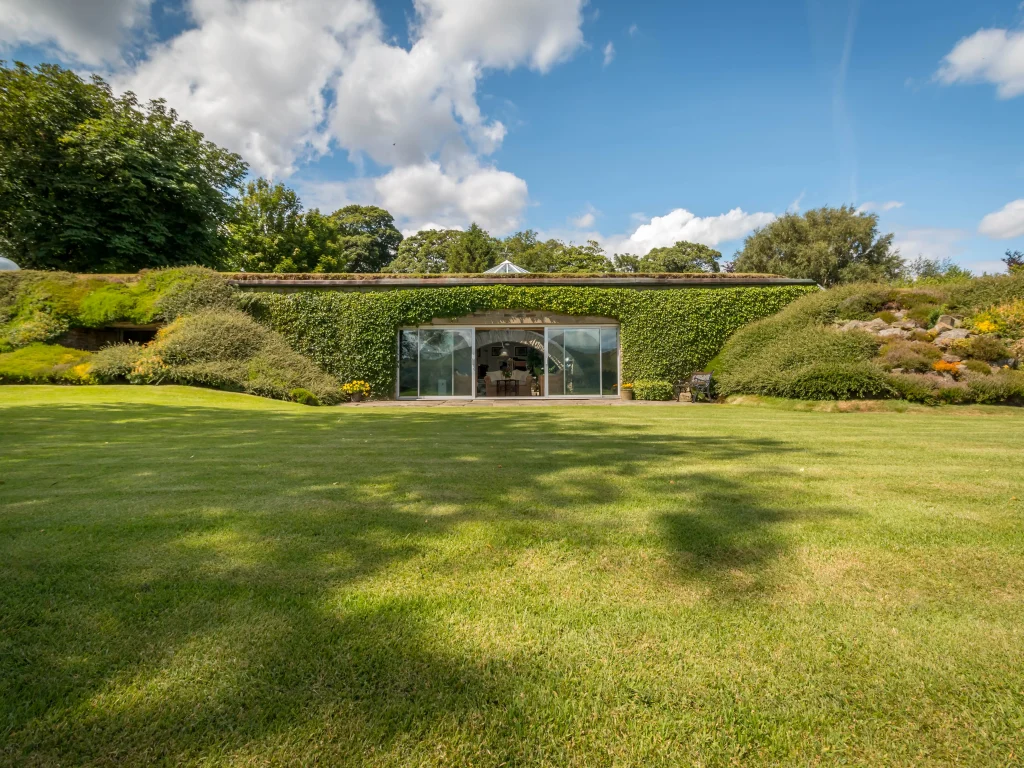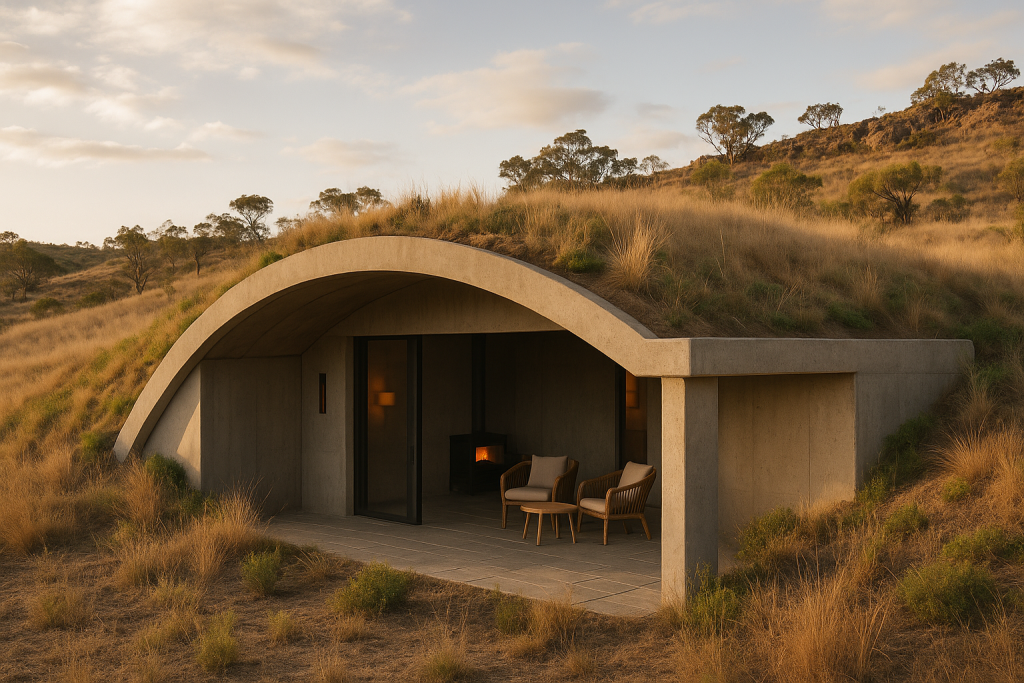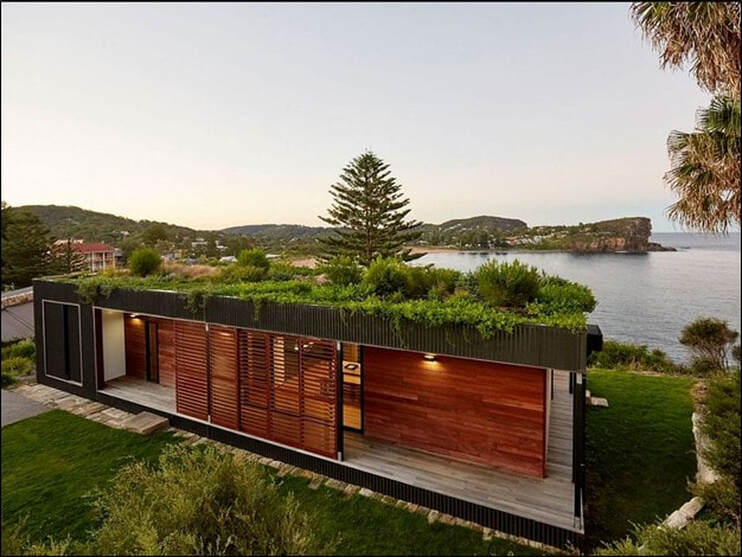Bushfire-Resistant Home Design: Strategies for Safer Living in Australia

Baldwin O’Bryan Architects Home Studio Projects Bushfire Resistant Buildings Eco Resorts Blog Connect Studio Studio Overview About Us Services Process Design Principles Principle of Earth Sheltering Concrete Arches Press & Media Press / Media Bushfire Resistant Homes Whittlesea VIC Yarra Glen VIC Flowerdale VIC Coastal & Rural Quindalup WA King Island Tasmania Wye River VIC Kalimna VIC Residential / Rural Projects Nathalia VIC Kurrajong Queanbeyan House Other Categories Eco Resorts Concrete Architecture Urban Projects Award-Winning Connect Overview Contact Us Book a Consultation Careers Careers Bushfire-Resistant Home Design | Baldwin O’Bryan Architects Bushfire-Resistant Home Design: Strategies for Safer Living With bushfire seasons intensifying, home design in Australia must go beyond aesthetics. Bushfire-resistant architecture is about life safety, resilience, and peace of mind — achieved through smart siting, robust materials, and BAL-rated detailing. Understanding BAL Ratings The Bushfire Attack Level (BAL) framework classifies sites from BAL–Low to BAL–FZ (Flame Zone). Each level dictates construction standards, from ember screening to non-combustible materials, ensuring buildings can withstand specific fire conditions. Design Principles for Fire Safety Compact, simple forms: reduce ember traps and weak points. Recessed glazing: with toughened or laminated glass and ember-resistant seals. Non-combustible exteriors: concrete, steel, mineral-based finishes. Protected openings: screened vents, minimal roof penetrations, concealed gutters. Earth berms & sheltering: soil as natural radiant-heat shields. Materials That Matter Selecting the right materials is critical. Reinforced concrete, steel framing, compressed fibre cement, and fire-resistant glazing are preferred choices. Timber can still be used internally but should be shielded externally. Pro Tip: A green roof can act as both insulation and a protective layer, reducing ember accumulation and radiant heat transfer to the structure below. Beyond Code Compliance Compliance with AS 3959 is only the baseline. Great bushfire design integrates landscape management, access routes, water storage, and passive survivability features. This holistic approach ensures homes are not just code-compliant but genuinely resilient. Is Bushfire-Resilient Design Right for You? Every site presents unique challenges. By working with architects experienced in both bushfire compliance and sustainable design, you can create a home that balances beauty with resilience — tailored to your land and lifestyle. Talk to an Architect Explore Bushfire Projects About Baldwin O’Bryan Sustainable architecture based in Sydney & Melbourne. Specialists in earth-sheltered, bushfire-resistant, storm-resilient homes and eco-resorts. Explore Home Studio Projects Blog Connect Careers FAQs Privacy Policy Terms & Conditions Benefits Studio Culture Storm-Resilient Homes Eco-Friendly Building Materials Contact Sean O’Bryan B.Arch UNSW Nominated ArchitectNSW ARB Reg. No: 12319 Mobile: +61 439 888 840 Phone: (02) 9712 3623 Email: obryan@bigpond.net.au © 2025 Baldwin O’Bryan Architects Pty Ltd. All rights reserved. ↑
Why Earth-Sheltered Homes Are the Future of Sustainable Living in Australia

From soaring energy bills to harsher bushfire seasons, Australians are rethinking what “home” should mean. Earth-sheltered architecture — homes nestled into the land — is no longer just experimental. It’s proving to be one of the most resilient, efficient, and elegant design pathways for the future.
Creating Greener Spaces: Sustainable House Design with Green Roofs

A growing number of eco-conscious homeowners are opting for green roofs as part of their sustainable home design strategies. Soil or another growing media is spread out over a waterproof membrane to cover these “living roofs” with plants and other flora. Buildings’ curb attractiveness is improved, and this creative strategy boosts environmental protection.